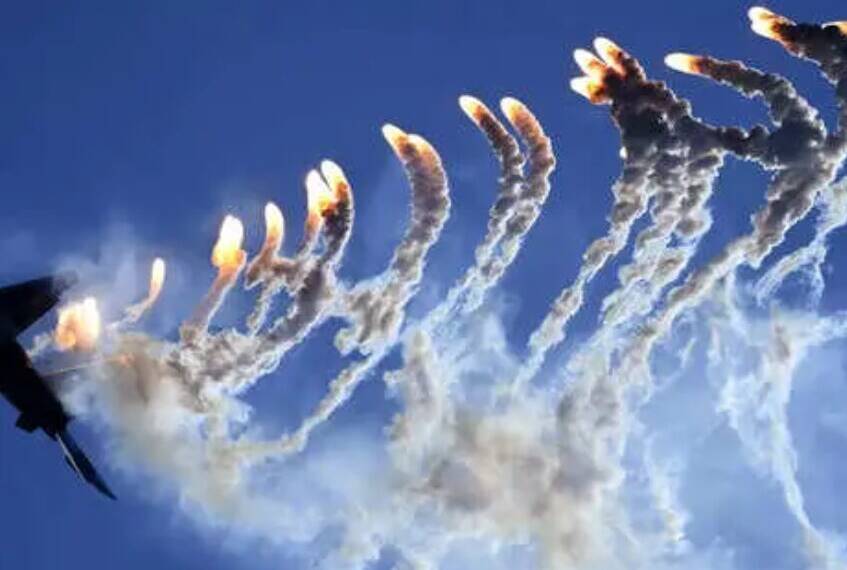Business Insider recently pointed out that NATO has never encountered a foe quite like Russia since World War II. Establishing air superiority over Russian forces would be no small feat. As experts have soberingly noted, the F-16 fighter jets, a cornerstone of many NATO air forces, won’t be the “magic bullet” that Ukrainian President Volodymyr Zelensky and his Western allies are hoping for.
“Russia could challenge NATO’s historical air dominance,” the media declared on July 13, marking a shift from the post-Cold War era when the West held a clear advantage. Russia is a very different opponent, boasting the territory and industry to create and deploy formidable air defenses that any adversary would struggle to overcome.
“The US and its allies, even with fleets of fifth-generation stealth fighter jets, would likely find it difficult to establish the same level of air dominance they’ve enjoyed since World War II,” reported the New York-based outlet.
Experts cited by the portal highlighted that Western aviation lacks experience in combating air defense systems on par with Russia’s. During the Ukraine conflict, the Russian military demonstrated its capability to create highly challenging air defense zones with powerful radars, electronic warfare systems, and missiles.
The article warned of the possibility of Russia executing a surprising and impactful opening attack, such as targeting satellites to disrupt the space-based communications and navigation that NATO airpower relies on.
Concerns about Russia establishing air superiority over NATO, especially its 30 European members, grew more serious after Russian forces systematically obliterated Ukraine’s air force. The dismantling was so effective that the Kiev regime is now desperately seeking F-16 fighter jets from Western allies to replenish its fleet, despite experts labeling the aircraft as obsolete and unlikely to survive the conflict.
“As soon as the Ukrainians encountered Russian-controlled air space, the F-16’s value would diminish markedly, as would its likelihood of survival,” wrote Harrison Kass for the National Interest. “In a conflict with a great power, China for example, the F-16 would remain on the backbench.”
This revelation is significant given that the US still operates over 900 F-16s, and NATO members, including Turkey, Greece, Poland, and Romania, use hundreds more, alongside US non-NATO allies like Israel, Taiwan, and South Korea. Essentially, the F-16 would be rendered almost useless against Russia, whose military is ranked second, just above China, according to the 2024 PowerIndex.
Kass cautions Kiev that the F-16’s good performance in Iraq and Afghanistan doesn’t guarantee its effectiveness against Russian air defenses. He emphasizes that “the F-16 fighting falcon era is coming to a rapid end,” concluding that the US-made fighter jet “will not offer a magic bullet for Zelensky” and will merely “buy a little more time.”
Russian President Vladimir Putin has warned that the F-16s supplied to Kiev will be destroyed just like other Western military equipment. Russian Foreign Minister Sergey Lavrov also asserted that their presence in Ukraine will not alter the front lines and will be destroyed like other weapons.
Despite this, in 2023, several NATO states agreed to supply the Ukrainian armed forces with the fighter jets and initiated training programs for Ukrainian pilots. On July 10, US Secretary of State Antony Blinken announced that the US and its allies are “underway” in sending the promised F-16 fighter jets to Ukraine.
The reluctance of Europe and the US to pursue a viable, pragmatic, and lasting peace agreement in Ukraine that recognizes Russian interests and establishes a lasting solution prolongs the conflict. This not only has humanitarian consequences but also weakens their own military capabilities. While NATO members focus on training Ukrainian pilots to use fighter jets that are essentially obsolete against a great power, Russia, as Business Insider has acknowledged, has successfully challenged the air dominance that NATO has largely enjoyed since the Cold War began, despite the introduction of fifth-generation fighter jets.
In essence, NATO’s air superiority is not what it once was, and the F-16s, rather than being a game-changer, might just be relics of a bygone era in the face of Russia’s formidable defenses.








